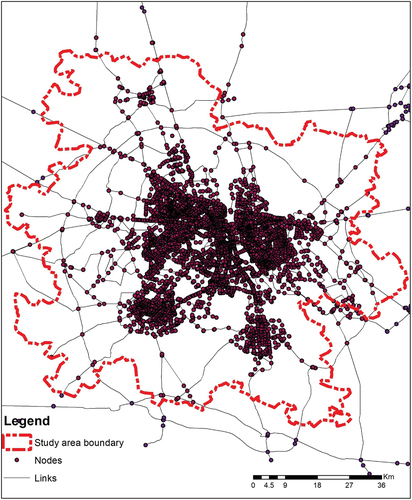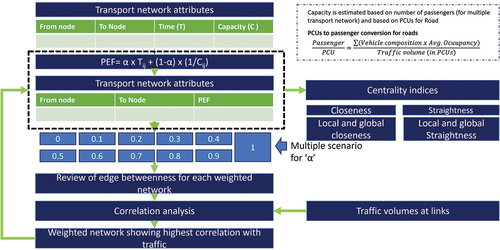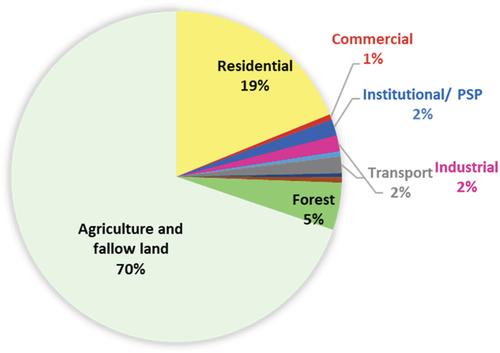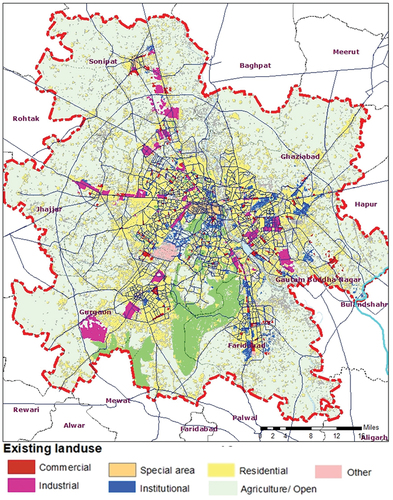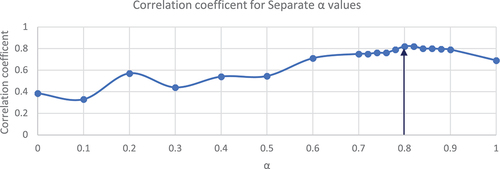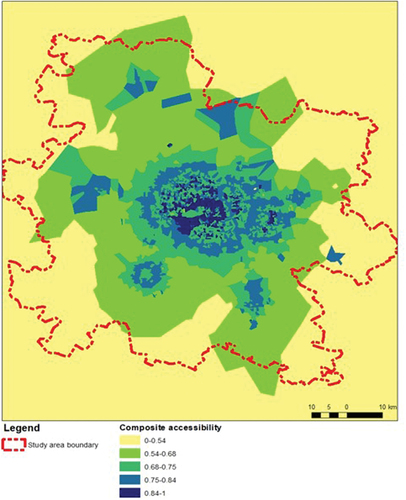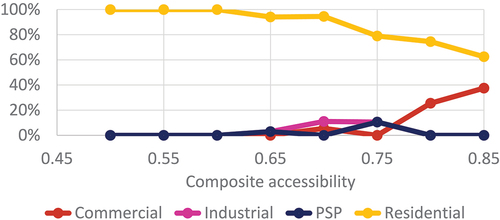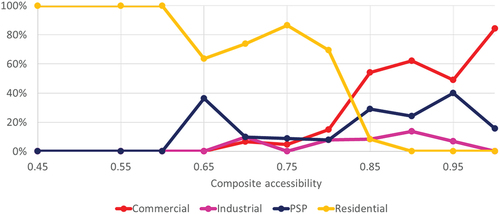Figures & data
Figure 4. Transport network characteristics for the study area. a) represents the typology of transport network in the study area; b) represents the peak hour speeds on the identified transport network i.E roads and Metro system.
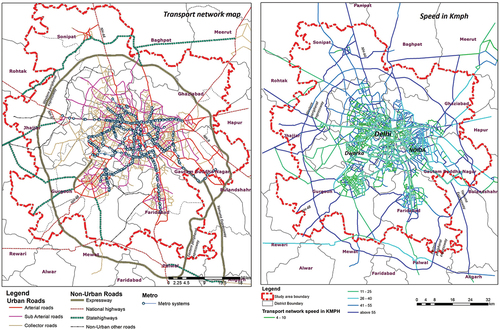
Table 1. Transport network characteristics in the study area.
Figure 7. Correlation assessment for varying betweenness centrality (with varying path evaluation function (PEF)) and traffic flow.

Figure 9. Centrality maps for the study area; a) shows global closeness centrality, b) shows local closeness centrality, c)shows global straightness centrality and d) local straightness centrality for the study area.
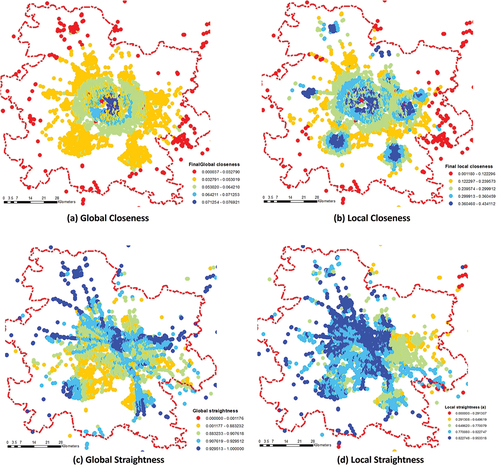
Figure 10. Results of multinomial logistics regression for various centrality measures and landuse (here this represents direction of relationship with respect to commercial); landuse 1 is residential, landuse 2 is industrial and landuse 3 is PSP/institutional.
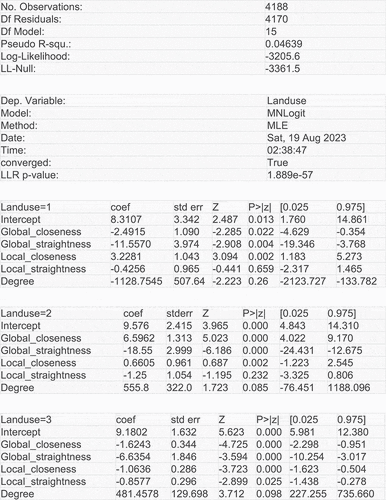
Table 2. Key landuse across centrality ranges along urban roads.
Figure 13. Relationship between composite centrality and landuse along: a) arterial roads, b) Sub arterial roads and c) Collector roads.



